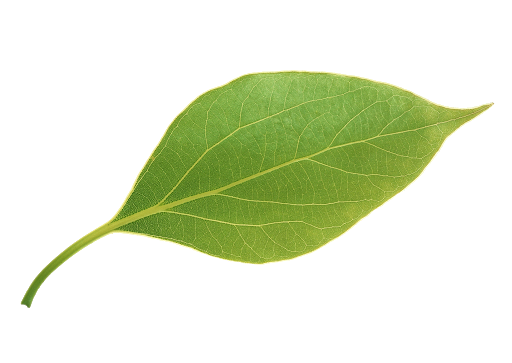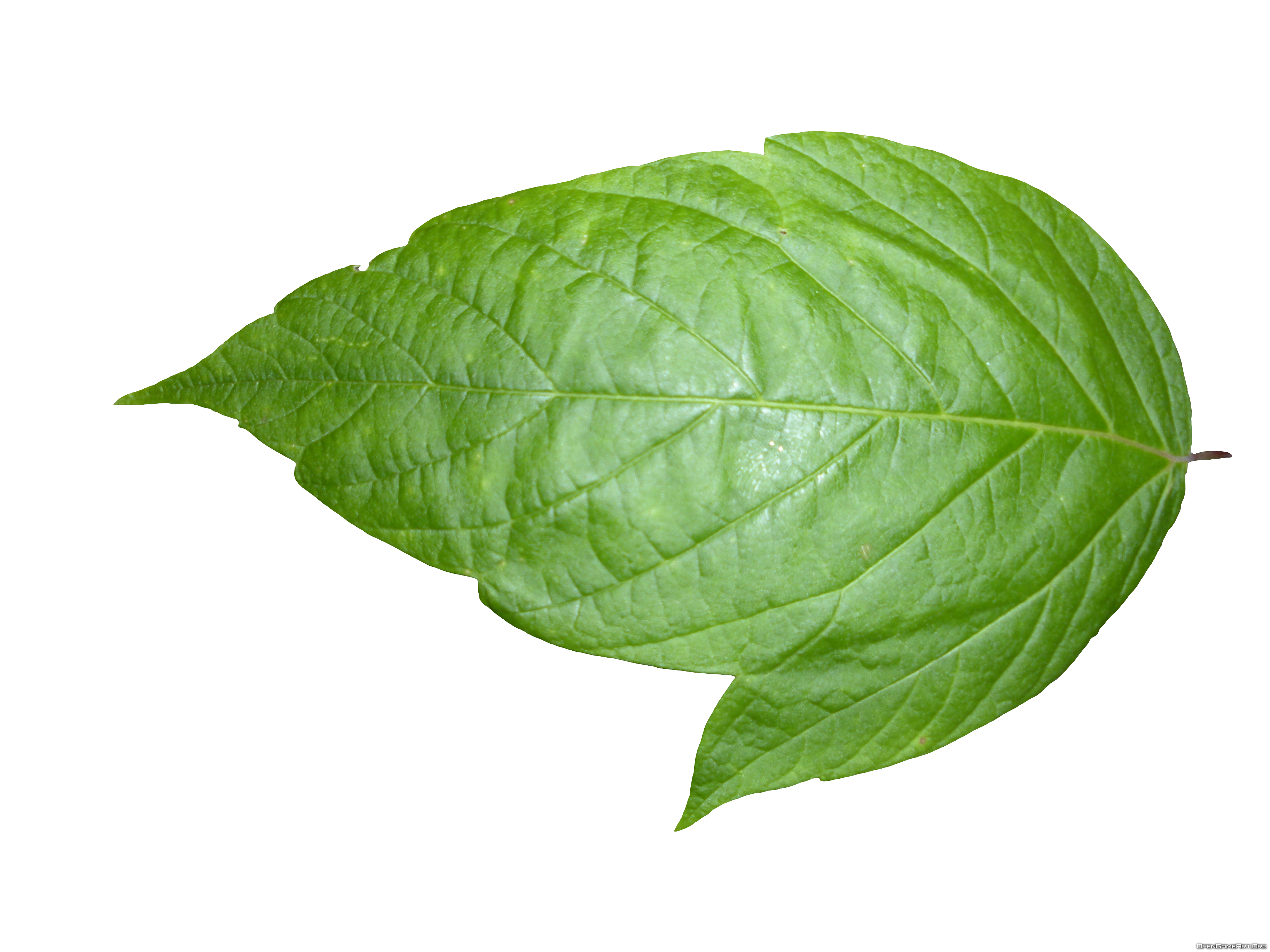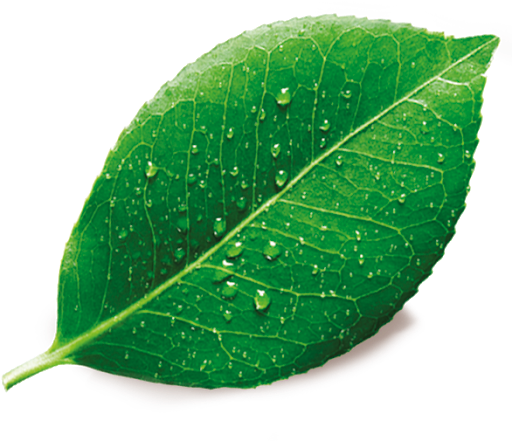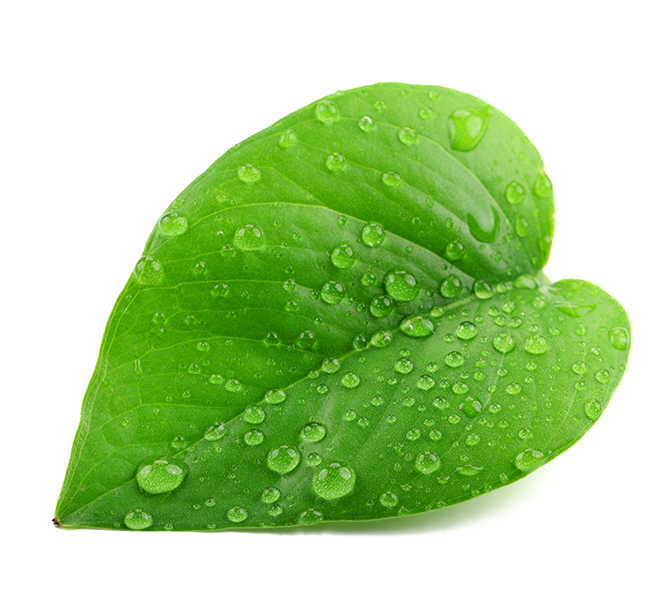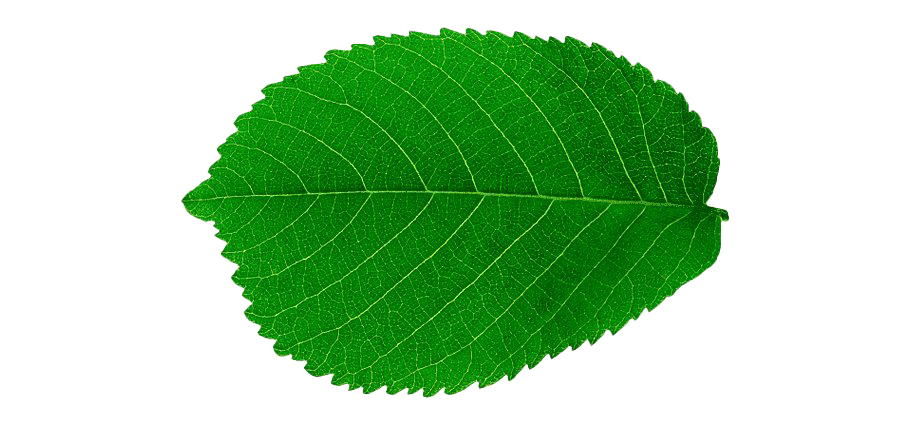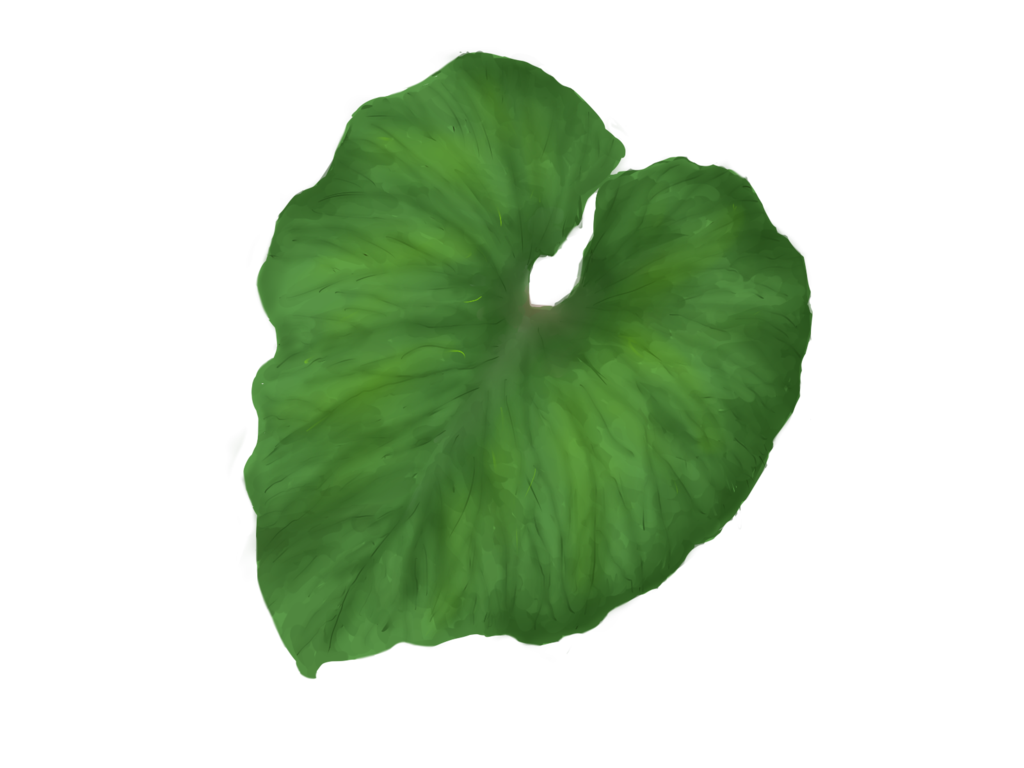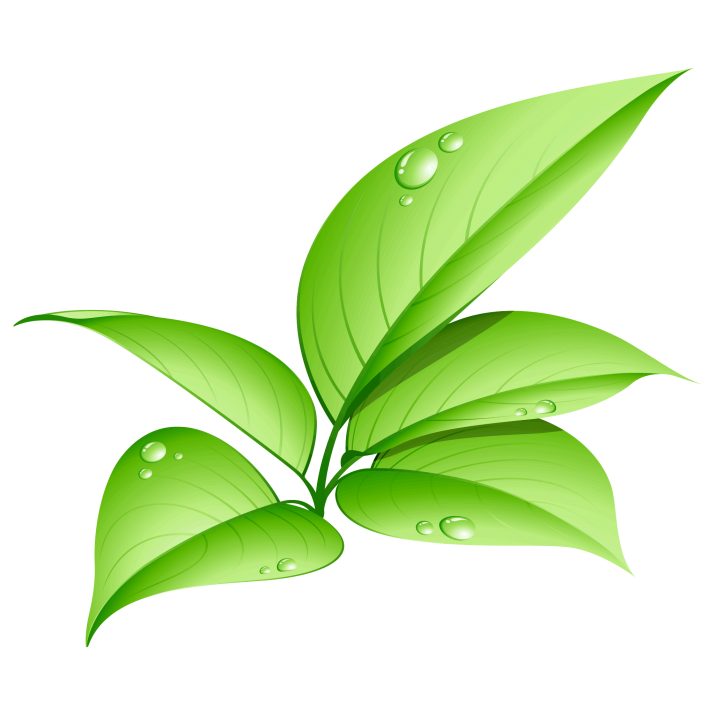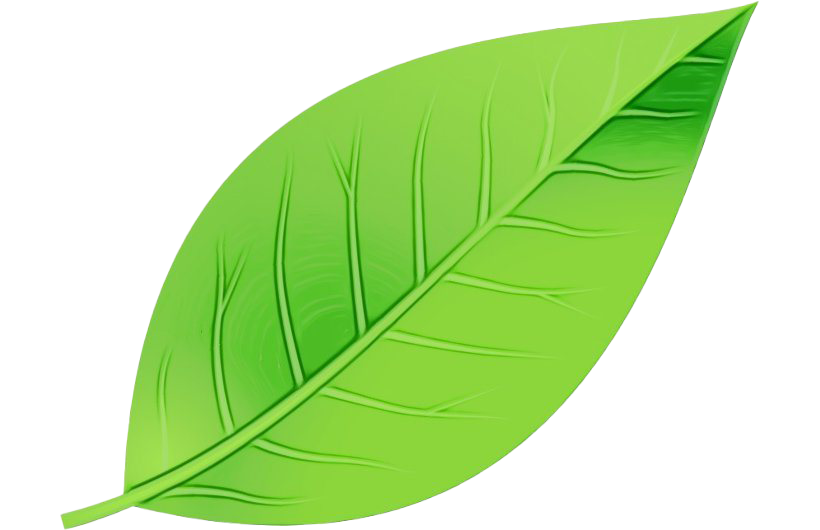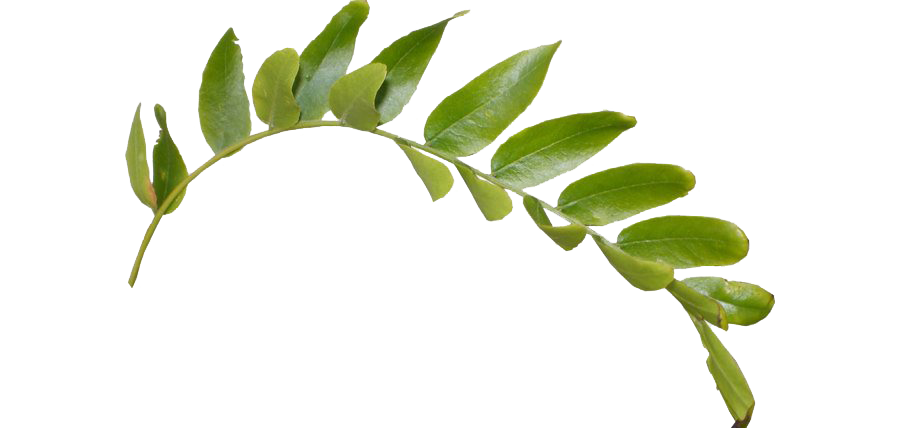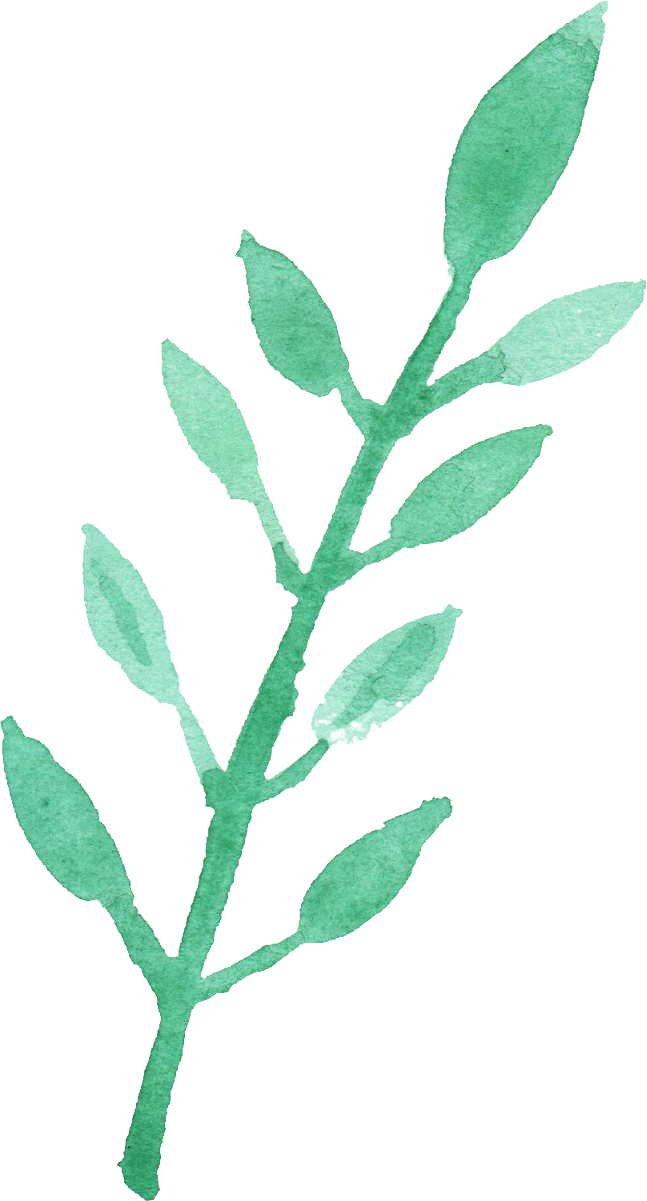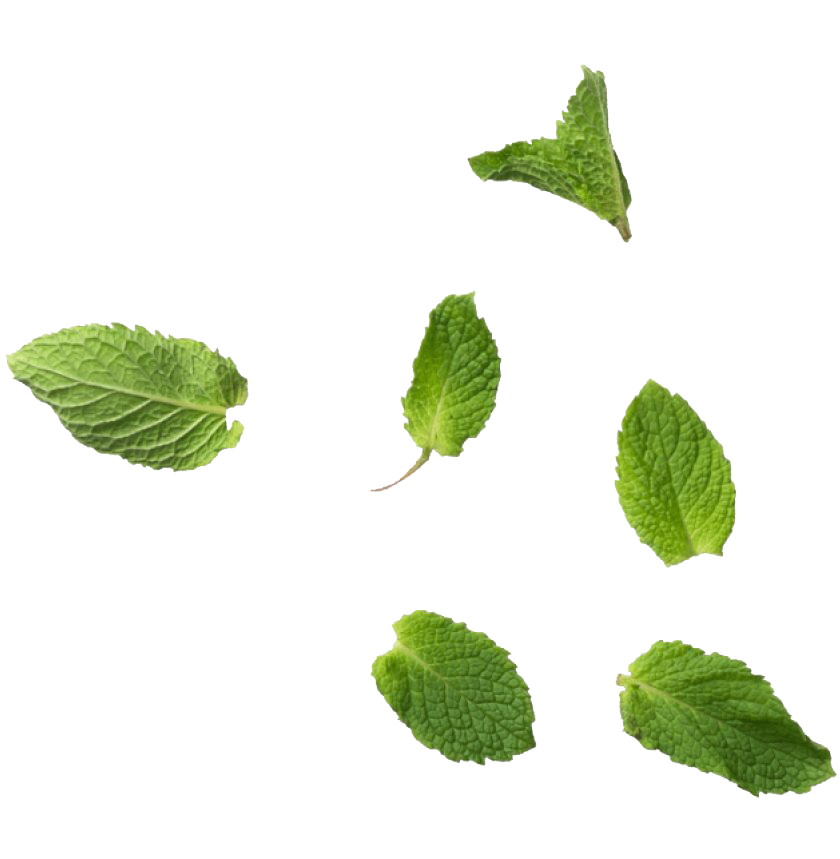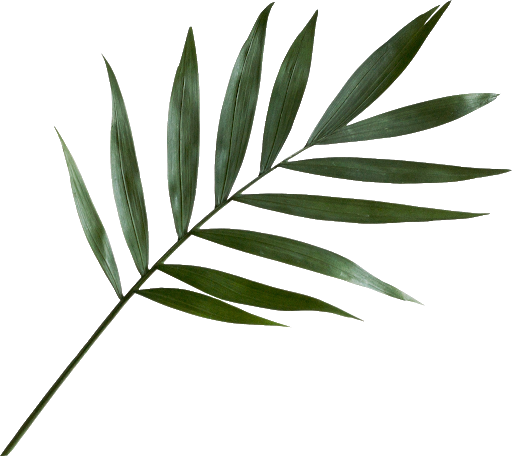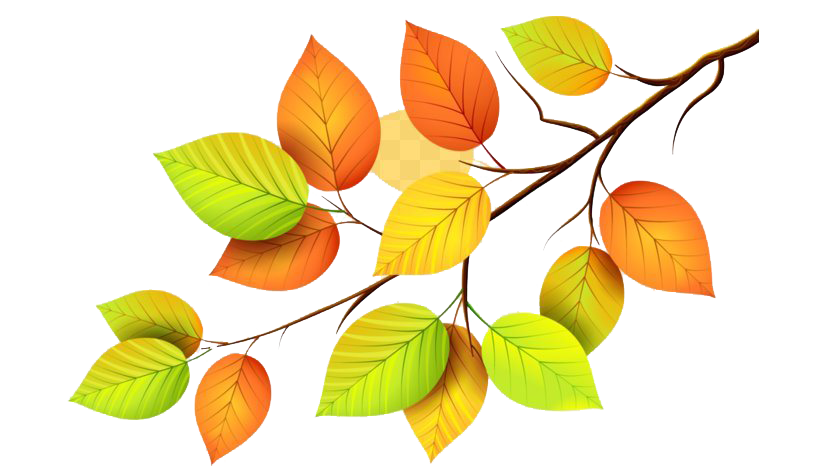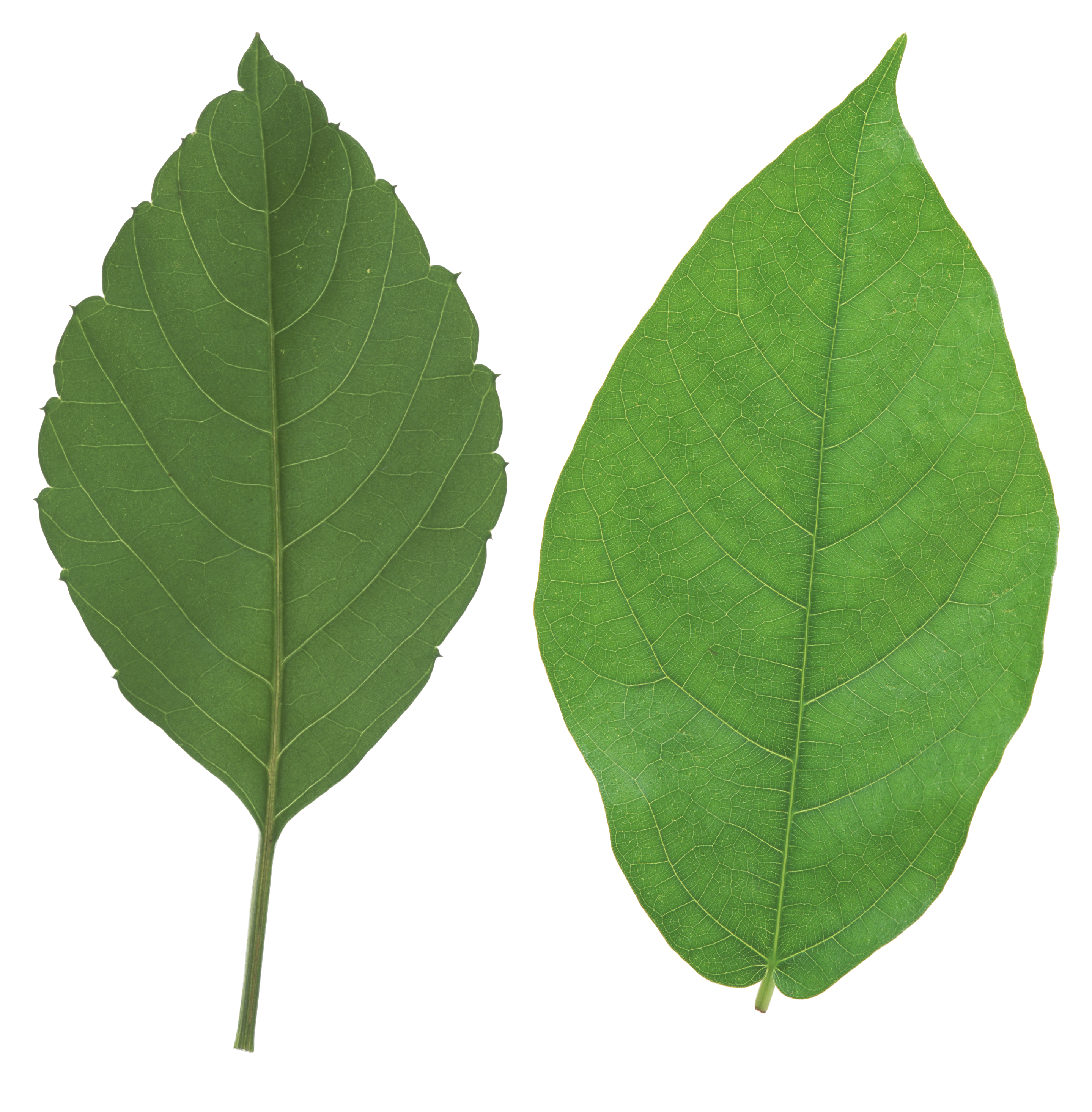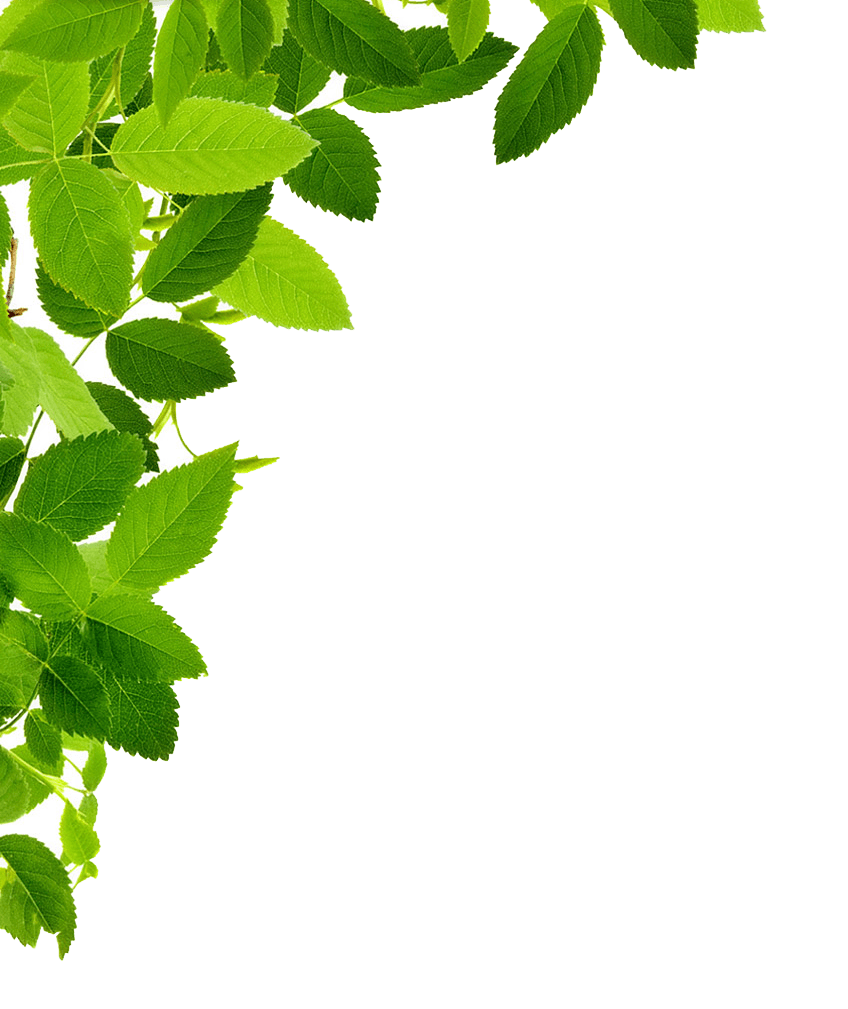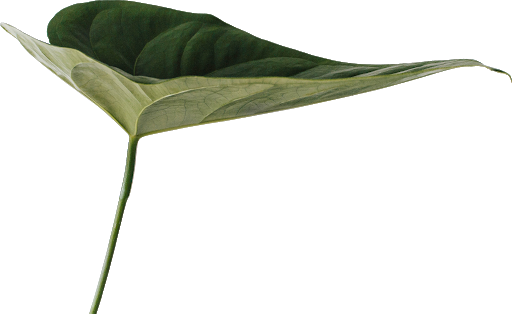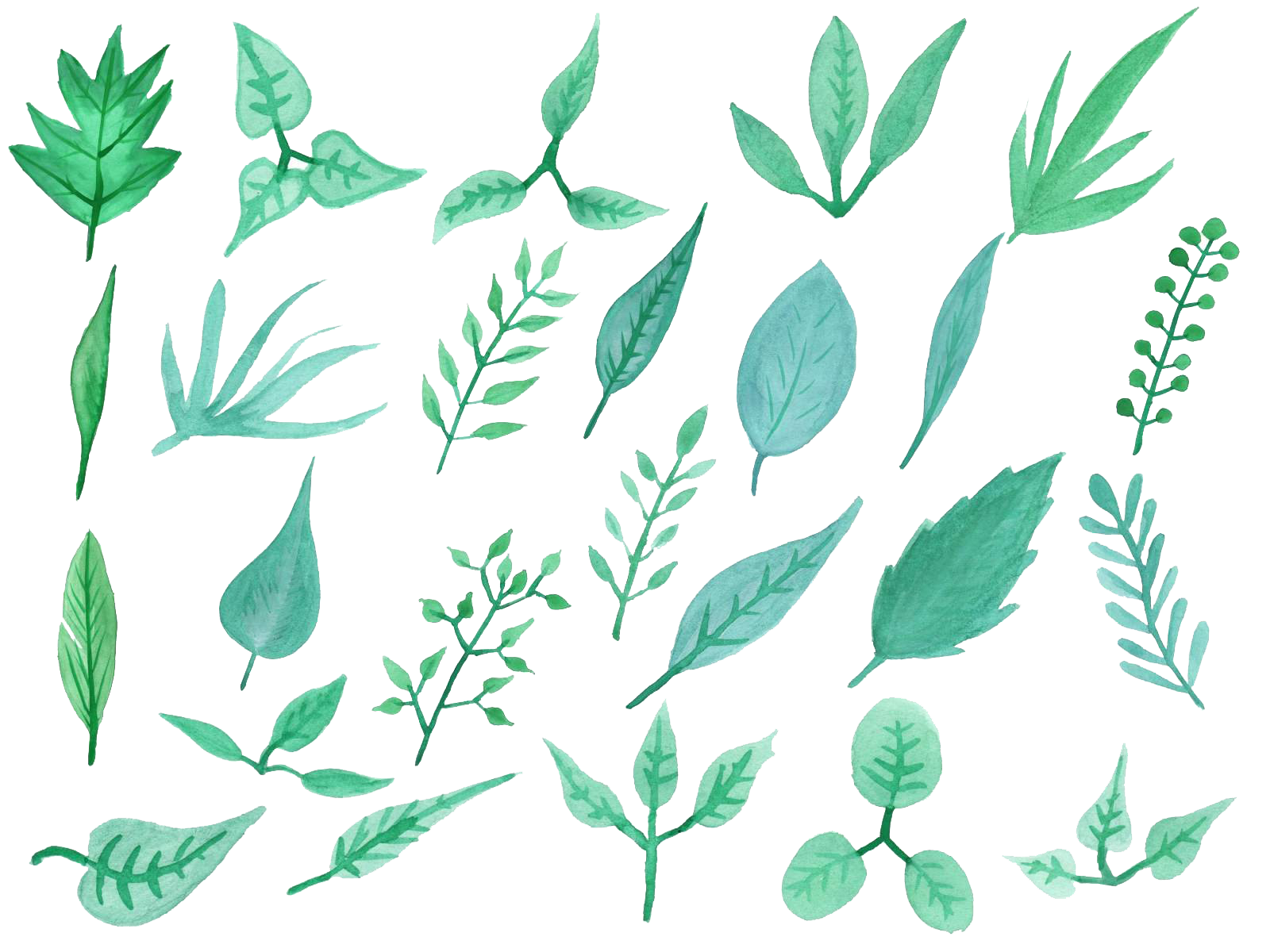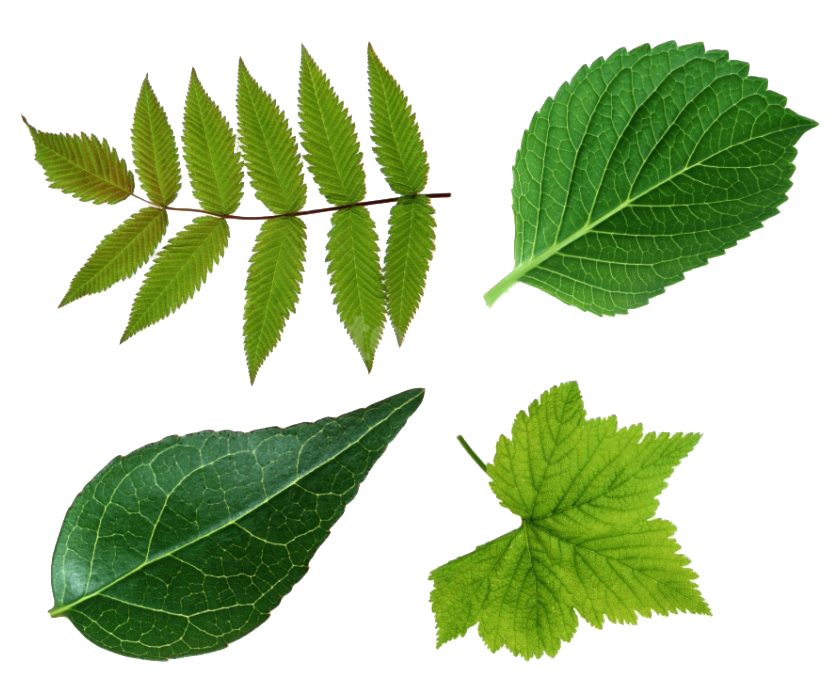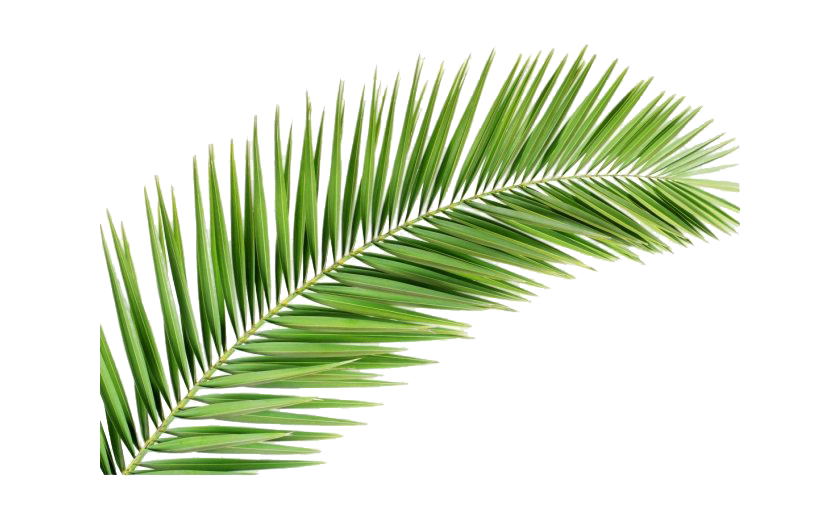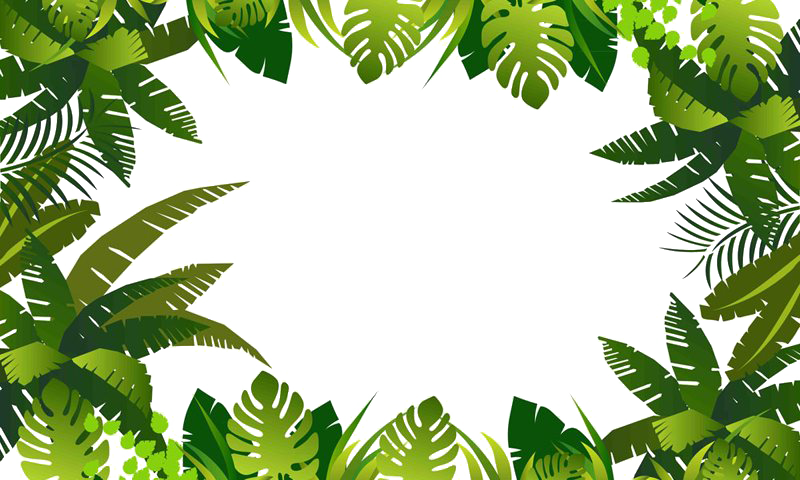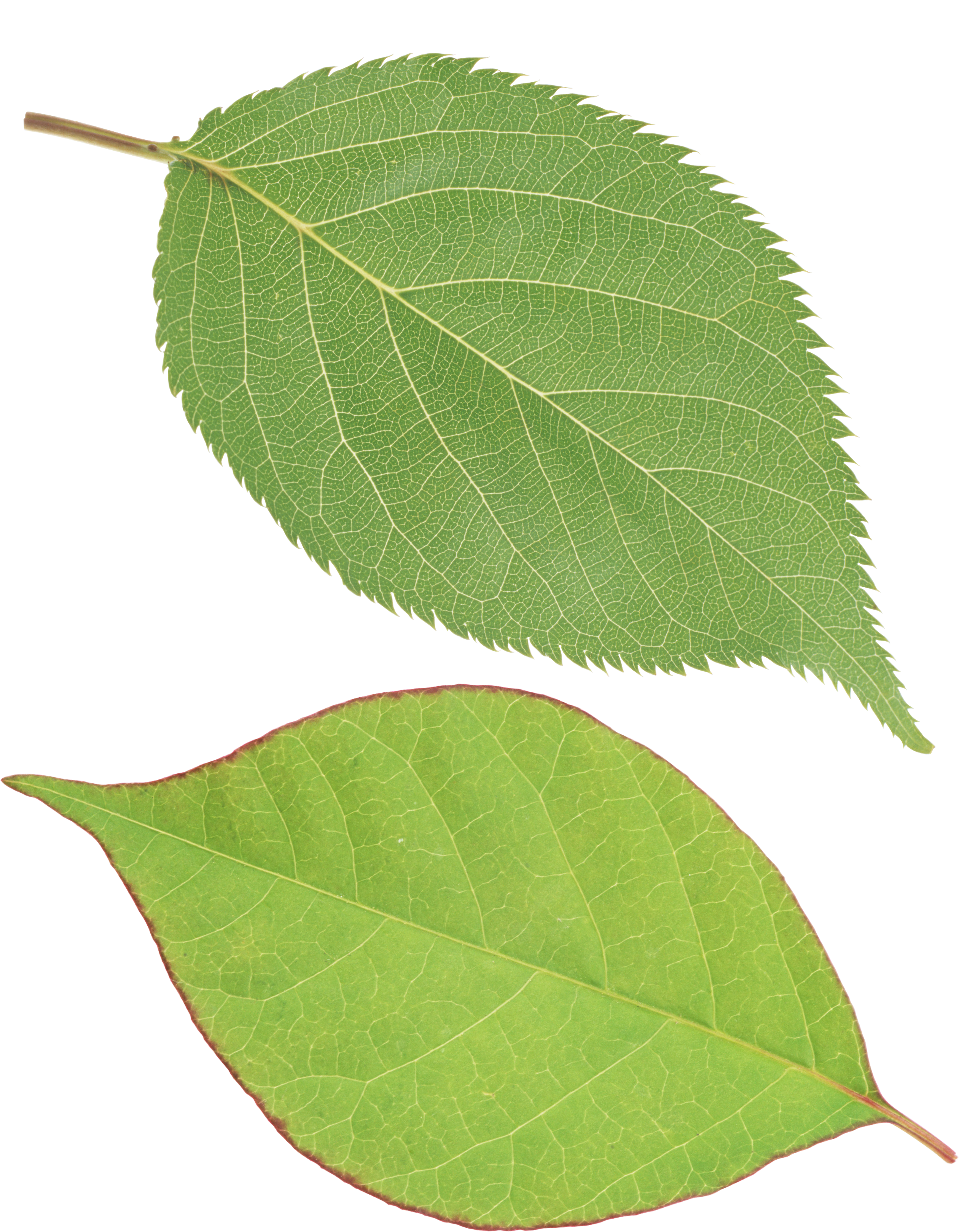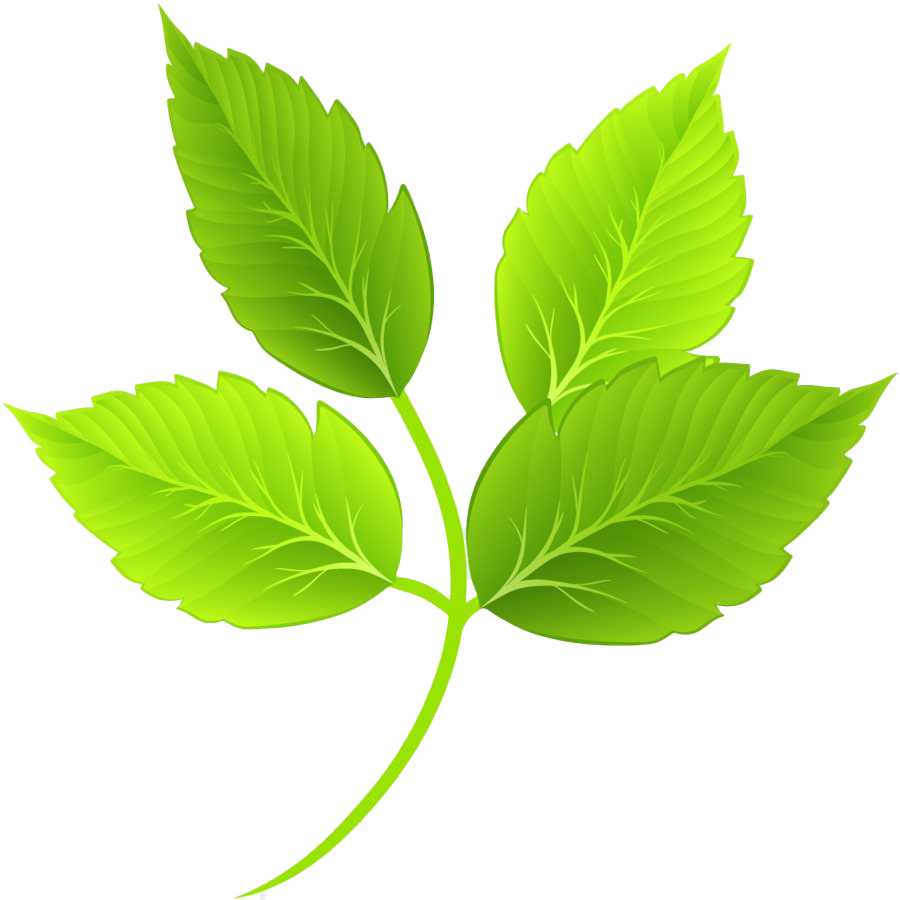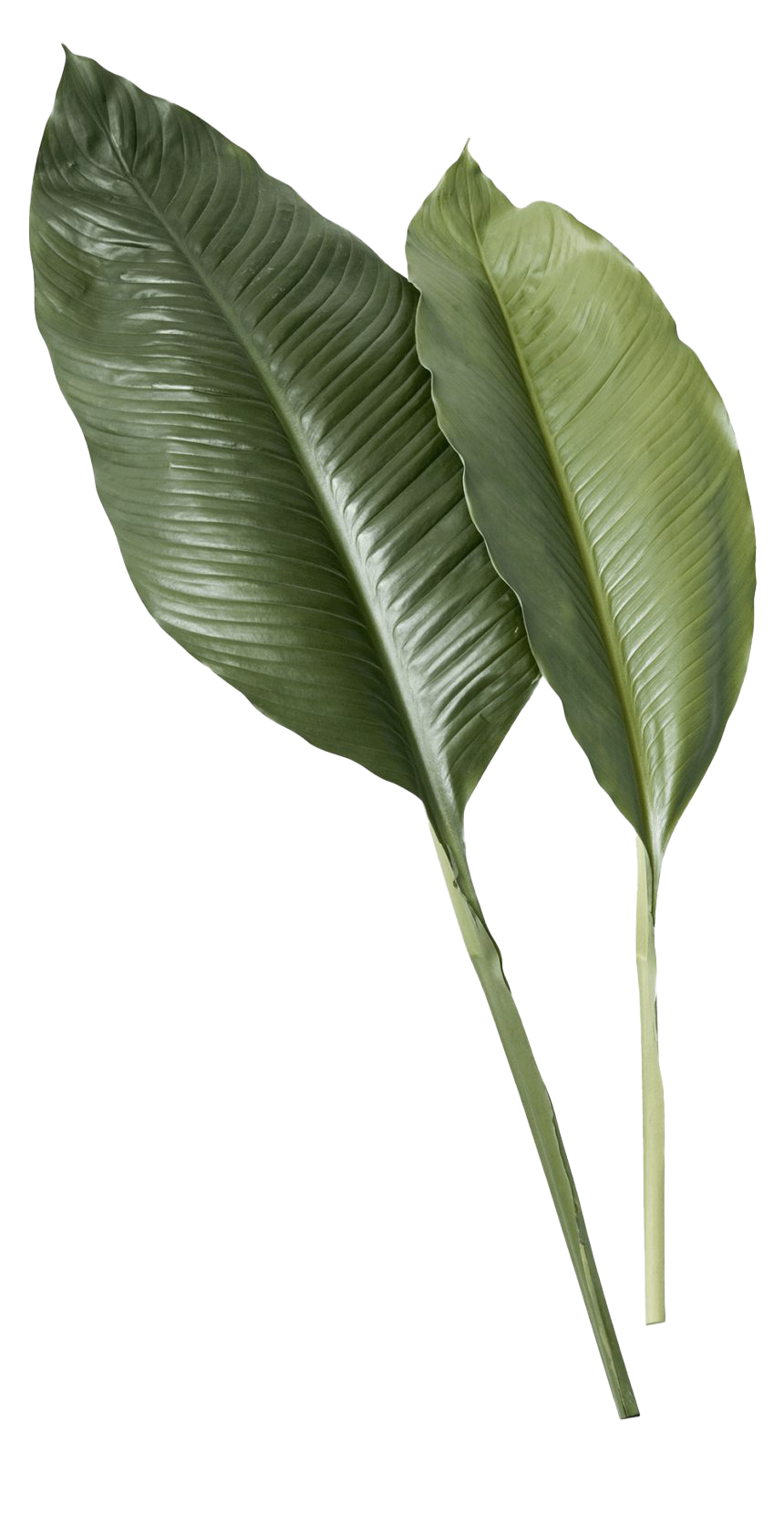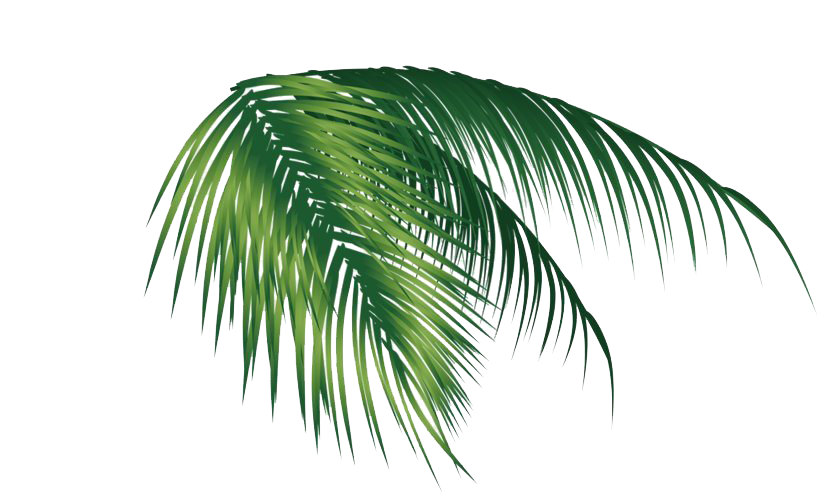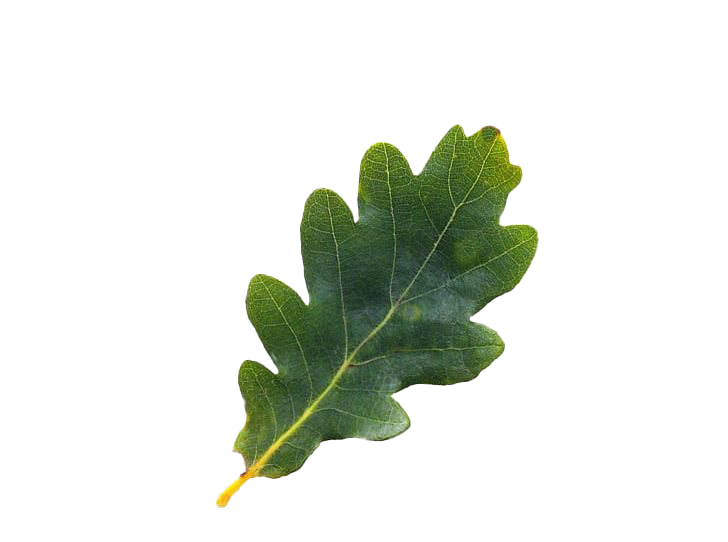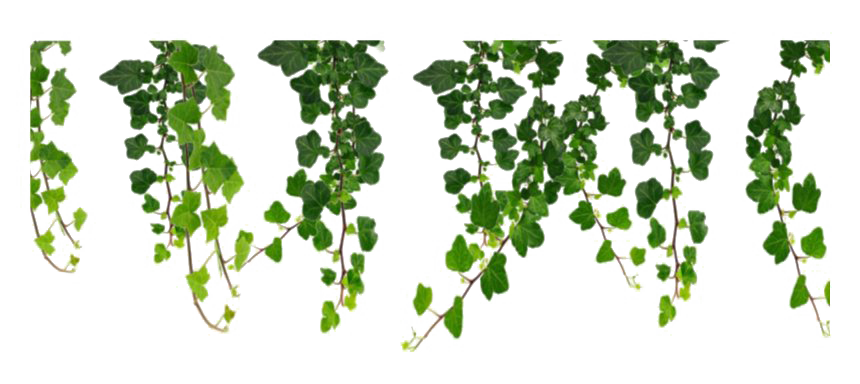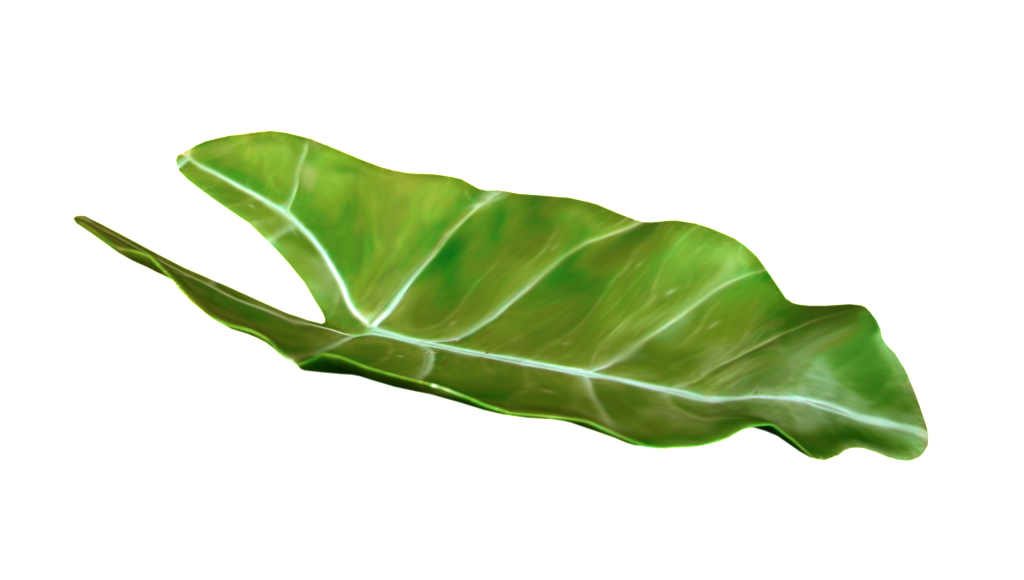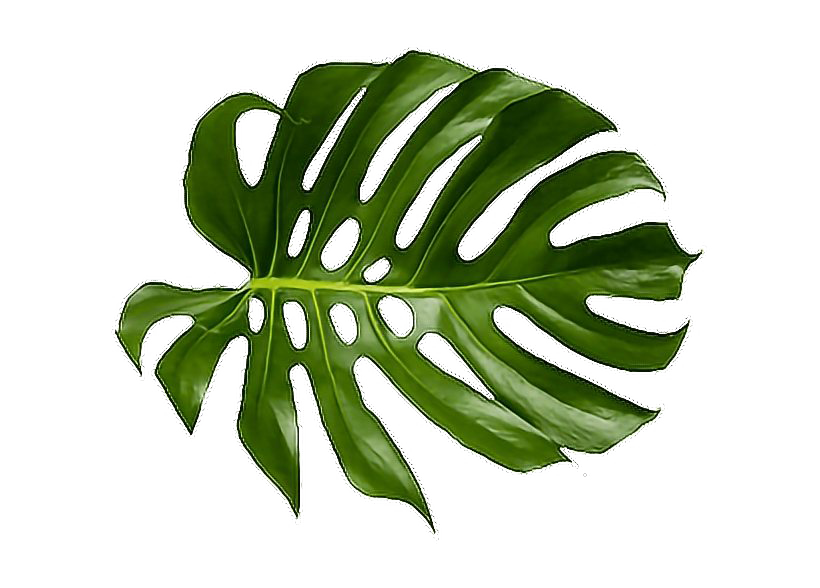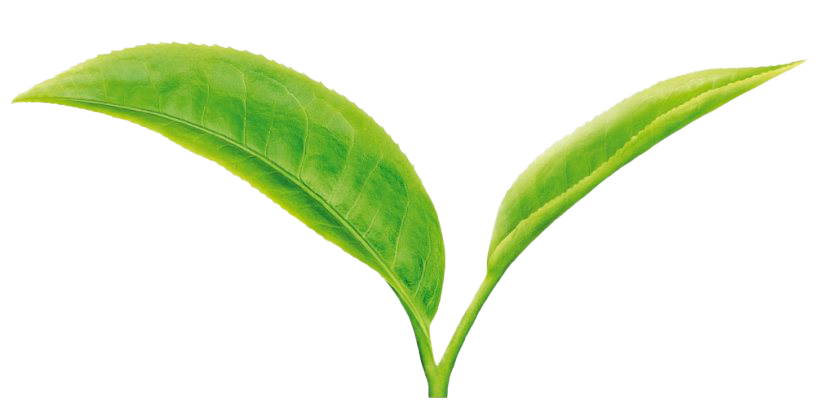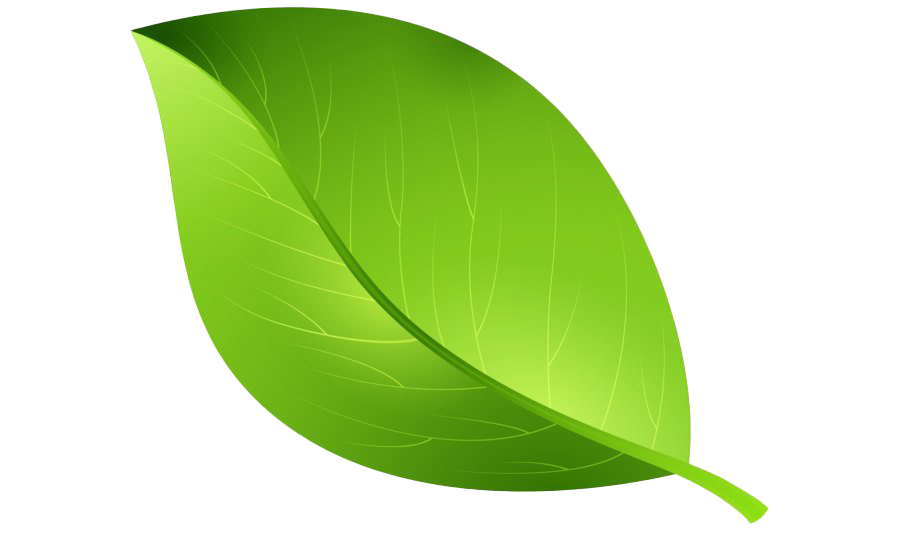Download top and best high-quality free Leaf PNG Transparent Images backgrounds available in various sizes. To view the full PNG size resolution click on any of the below image thumbnail.
License Info: Creative Commons 4.0 BY-NC
A leaf (plural leaves) is a dorsiventrally flattened organ of a vascular plant and is the main lateral appendage of the stem, usually borne above the ground and specializes in photosynthesis. Leaves and stem together form the shoot. Leaves are called foliage together, as in “autumn foliage.”
In most leaves, the primary photosynthetic tissue, palisade mesophyll, is located in the upper part of the blade or leaf blade, but in some species, including the mass of a mature eucalyptus leaf, palisade mesophyll is present on both sides, and the leaves are said to be isobilateral. Most leaves have a pronounced upper (adaxial) and lower (abaxial) surface, which differ in color, hairiness, number of stomata (pores entering and releasing gases), quantity and structure of epicuticular wax, and other characteristics. The leaves are mostly green in color.
This is due to the presence of a compound called chlorophyll. This compound is necessary for photosynthesis because it absorbs light from the sun. A leaf with white spots or edges is called spotted.
Leaves can have many different shapes, sizes and textures. Broad, flat leaves with complex veins of flowering plants are known as megaphiles, and the species that carry them are, for the most part, leafy or megafilic plants. In clubs of various evolutionary origin, leaves are simple (with only one vein) and are known as microphiles.
Some leaves, such as bulb scales, are not above the ground. In many aquatic species, leaves are immersed in water. Succulent plants often have dense succulent leaves, but some leaves lack a basic photosynthetic function, and they can die when ripe, like some cataphylls and spines.
In addition, several types of leaf structures found in vascular plants are not completely homologous to them. Examples include flattened stems of plants called phyllodes and feces, and flattened stems of leaves called filody, which differ from the leaves in both structure and origin. Some non-vascular plant structures look and function like leaves. Examples include the phyllids of mosses and liverworts.
Download Leaf PNG images transparent gallery.
- Single Plant Leaf PNG File
Resolution: 512 × 363
Size: 124 KB
Image Format: .png
Download
- Single Plant Leaf PNG Free Download
Resolution: 3648 × 2736
Size: 5656 KB
Image Format: .png
Download
- Single Plant Leaf PNG Free Image
Resolution: 512 × 441
Size: 268 KB
Image Format: .png
Download
- Single Plant Leaf PNG Image
Resolution: 670 × 600
Size: 468 KB
Image Format: .png
Download
- Single Plant Leaf PNG Picture
Resolution: 910 × 426
Size: 389 KB
Image Format: .png
Download
- Single Plant Leaf PNG
Resolution: 1024 × 768
Size: 296 KB
Image Format: .png
Download
- Single Plant Leaf Transparent
Resolution: 715 × 715
Size: 248 KB
Image Format: .png
Download
- Single Plant Leaf
Resolution: 820 × 530
Size: 197 KB
Image Format: .png
Download
- Green Leaf PNG Clipart
Resolution: 900 × 440
Size: 160 KB
Image Format: .png
Download
- Green Leaf PNG File
Resolution: 647 × 1201
Size: 379 KB
Image Format: .png
Download
- Green Leaf PNG Free Download
Resolution: 840 × 859
Size: 225 KB
Image Format: .png
Download
- Green Leaf PNG Free Image
Resolution: 1248 × 1248
Size: 316 KB
Image Format: .png
Download
- Green Leaf PNG Image
Resolution: 512 × 456
Size: 139 KB
Image Format: .png
Download
- Green Leaf PNG Picture
Resolution: 820 × 466
Size: 287 KB
Image Format: .png
Download
- Green Leaf
Resolution: 2878 × 2932
Size: 7166 KB
Image Format: .png
Download
- Leaf PNG Clipart
Resolution: 880 × 843
Size: 113 KB
Image Format: .png
Download
- Leaf PNG Download Image
Resolution: 848 × 1009
Size: 207 KB
Image Format: .png
Download
- Leaf PNG File Download Free
Resolution: 512 × 314
Size: 76 KB
Image Format: .png
Download
- Leaf PNG File
Resolution: 784 × 920
Size: 135 KB
Image Format: .png
Download
- Leaf PNG Free Download
Resolution: 1600 × 1200
Size: 1049 KB
Image Format: .png
Download
- Leaf PNG Free Image
Resolution: 840 × 693
Size: 507 KB
Image Format: .png
Download
- Leaf PNG HD Image
Resolution: 840 × 515
Size: 352 KB
Image Format: .png
Download
- Leaf PNG High Quality Image
Resolution: 800 × 480
Size: 499 KB
Image Format: .png
Download
- Leaf PNG Image File
Resolution: 2520 × 3237
Size: 8910 KB
Image Format: .png
Download
- Leaf PNG Image HD
Resolution: 900 × 900
Size: 420 KB
Image Format: .png
Download
- Leaf PNG Image
Resolution: 860 × 1672
Size: 667 KB
Image Format: .png
Download
- Leaf PNG Images
Resolution: 820 × 494
Size: 318 KB
Image Format: .png
Download
- Leaf PNG Photo
Resolution: 728 × 542
Size: 156 KB
Image Format: .png
Download
- Leaf PNG Pic
Resolution: 860 × 384
Size: 335 KB
Image Format: .png
Download
- Leaf PNG Picture
Resolution: 1024 × 580
Size: 279 KB
Image Format: .png
Download
- Leaf PNG
Resolution: 820 × 588
Size: 407 KB
Image Format: .png
Download
- Leaf Transparent
Resolution: 820 × 407
Size: 145 KB
Image Format: .png
Download
- Leaf
Resolution: 880 × 423
Size: 146 KB
Image Format: .png
Download
- Single Plant Leaf PNG Clipart
Resolution: 900 × 540
Size: 168 KB
Image Format: .png
Download
